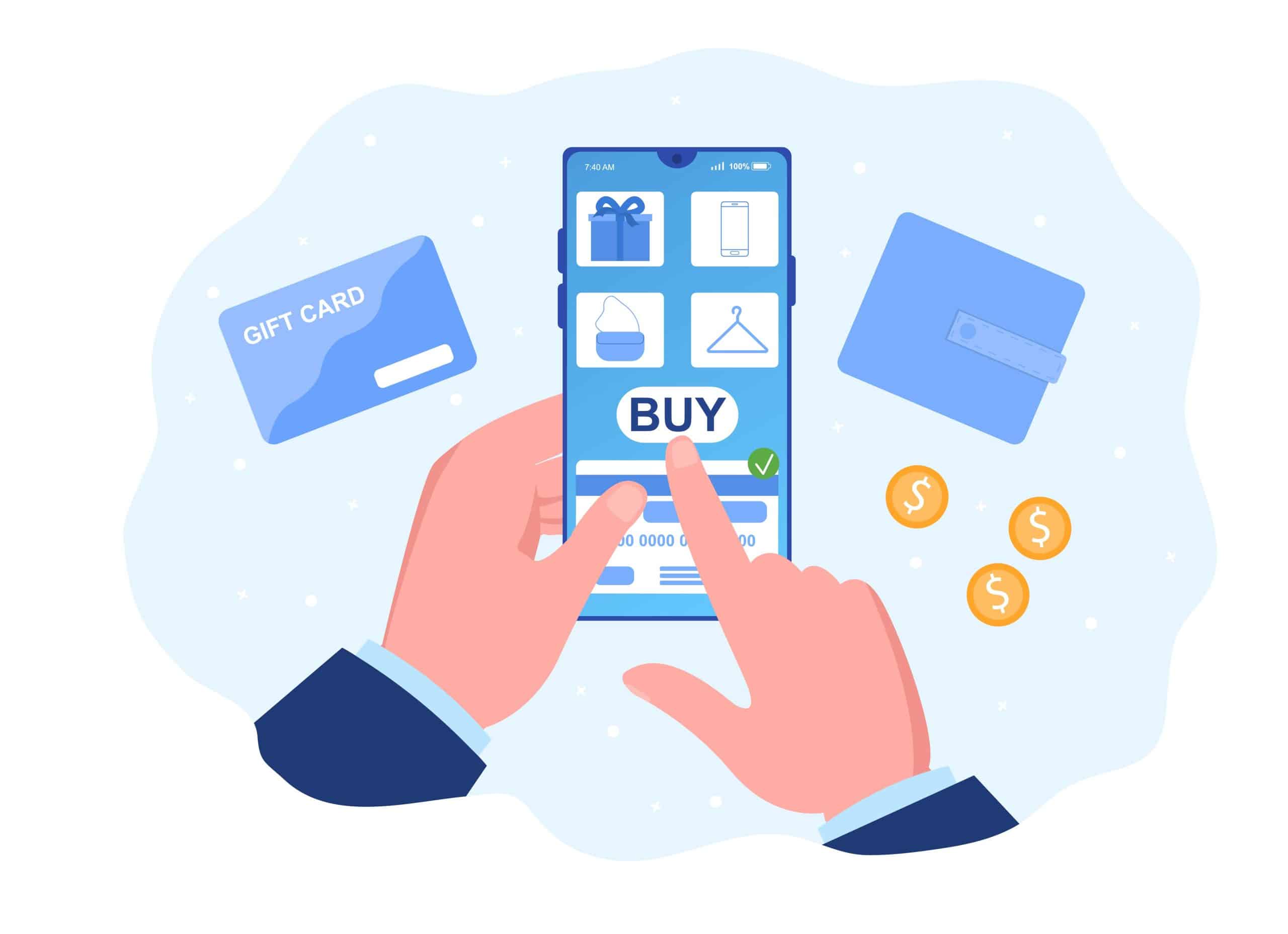
Back in 2008, the App Store first launched with only 500 apps. Fast forward a little over a decade and 2.22 million apps are now available for users to choose from. Each day almost 1,500 new apps are added, so finding new ways to heighten your presence has never been more important and never more trickier.
At Moburst we are always on the lookout for ASO (App Store Optimization) opportunities as part of our regular App Store travails. We recently noticed something that opened our eyes to an interesting opportunity for many apps on the marketplace today. It also forced us to restrategize for apps that cannot fit this model. The observation gave us key insights into App Store search results, that were based primarily on app monetization models.

In-App Purchases Effect on Ranking
Before we get into the details as to how subscriptions and in-app purchase models can improve rankings in the App Store and potentially drive revenue, let’s consider how vital ranking is in the first place.
Ranking is one of the primary indicators of an app’s success. If an app has a high ranking in searches and within a preferred category, there will be a dramatic improvement in CTR (click-through-rate), or what we call TTR (tap-through-rate) on the App Store and Google Play Store. In a sense, a high ranking is the whole point of ASO (along with conversion optimization). As long as the set of screenshots that appear in the search has a good CVR (conversion rate), most apps that have a lot of exposure will yield a lot of downloads. Furthermore, if the app has utility or is fun to use, this will drive tremendous revenue over time through a subscription or in-app purchase model.
Since one of our jobs as a mobile marketing company is to give an app the most eyeballs possible, Moburst maximizes exposure (i.e. Real Estate) on the App Store. That’s one of our main objectives, as well as creating sets of screenshots that convert those potential customers. In fact, the success of Moburst is very closely tied to the search rankings of the apps we optimize.
In-App Purchases vs Subscription Models
As of today, 90% of apps in the App Store are free, even though it has been widely covered that Apple users are much more likely to pay for their apps than those on Android. The reason for this is the popularity of in-app purchases, which can drive profits through upsell models. What does in-app purchase mean? Well, the goal is to get highly engaged users spending money to improve their in-app experience. Rather than buying an app once, a heavily engaged user is bound to spend more money over time and thus increase the app’s long-term profitability and let’s face it, shelf-life.

While this model clearly has some sound sense to it, subscription models may be even more favorable for an app looking to maximize exposure. By deferring your monetization to in-app subscriptions, not only are you providing additional value to your users, but you’re also increasing your App Store search result real estate.
Moburst’s Subscription Purchases Discovery
You see, our key discovery was that apps offering subscription purchases generate two separate listings in searches. This is in both the “standard app” and “subscription” listing. With this information, we were able to define a new strategy to use with Moburst clients. Here are the key insights any app developer should consider when optimizing their placement in the App Store.
See the new principle we developed below:
This information is incredibly relevant for apps that don’t have subscription options (though in many cases you’d be wise to consider one). Since having a subscription model is so advantageous, it is very unwise for apps that don’t offer subscriptions to compete in keyword searches for apps that do offer a subscription. The algorithm of the App Store will limit your exposure to the point where you will never rank higher than fourth place in the search results. This is how the results will appear:
1. The Competitive Ad
2. The Top Subscription Ad
3. The Subscription Ad’s “Subscription Listing”
4. The first available placement you will be able to rank for.
This is why if it’s at all possible, opt for subscription services within your app. This will create the opportunity for you to generate twice the number of impressions (your listing and your subscription listing) for each search result your app generates.
Final Thoughts
So, in most cases it is preferable to have a subscription option within your app if it makes sense for you at all. While some more well-known apps maintain their high placements on the App Store without in-app subscriptions, apps looking for sought after real estate in search results and rankings would be wise to consider taking full advantage of Apple’s algorithm by making in-app subscriptions an option.
Another consideration is revenue. The one-time purchase model and the in-app purchase model will generate money, but subscriptions tend to lead to more lifetime value per customer. So even beyond search results, it’s probably the better option if you want your app to survive and thrive for years to come.






